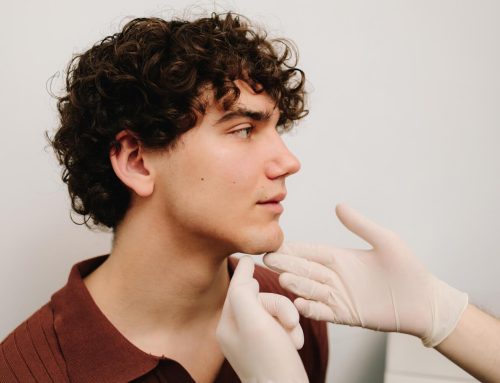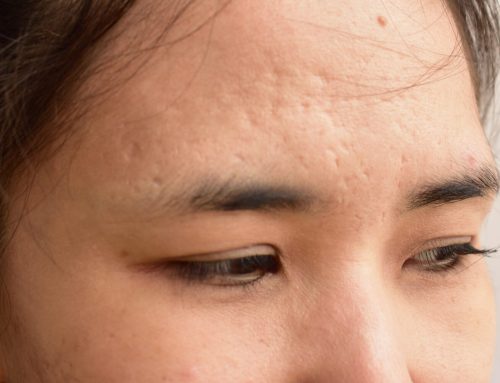When we think of getting rid of that body fat we can’t get rid of, the first procedure we think of is liposuction. However, thanks to technological advances, the treatment known as cryolipolysis or «coolsculpting» is becoming increasingly popular.
Although both can help you achieve your goals, they work differently and are suitable for different needs.
What is Cryolipolysis?
Cryolipolysis is a non-invasive procedure that uses cold to destroy fat cells. During the treatment, a suction device is placed on the area to be treated and cools the fat cells until they crystallise and die. Over time, through sweat and urine, the body naturally eliminates these dead cells and the fat in the treated area is reduced.
This treatment, however, is not suitable for pregnant women, people with diabetes, or people with circulation problems.
Advantages of Cryolipolysis:
- Non-invasive: no surgery or anaesthesia is required.
- Minimal recovery time: you can return to your normal activity immediately after treatment.
- Minor risks: as it is non-invasive, risks and complications are minimal.
Disadvantages of Cryolipolysis:
- Gradual results: at least 2 sessions are required to see results, and these do not start to show after about 6 weeks of treatment.
- Limitations in the amount of fat: it is more effective in reducing small areas of fat, so it is not recommended for people with a very high body mass index, who are very overweight or obese in general, as the whole area cannot be covered.
What is Liposuction?
Liposuction is a surgical procedure that removes fat directly from the body using suction. Small incisions are made in the skin and a cannula is inserted to suction fat from specific areas such as the abdomen, thighs, hips and arms.
Advantages of Liposuction:
- Immediate results: changes in body contours are visible almost immediately.
- Removes larger amounts of fat: it is more effective for people who want to remove larger amounts of fat or have larger areas to treat.
- Possibility of modelling: as it is a procedure that is done «by hand», it allows the surgeon to define the shape, modelling the body in the way the patient desires as far as possible.
Disadvantages of Liposuction:
- Invasive: requires surgery, anaesthesia and may involve longer recovery time.
- Surgical risks: Like any surgical procedure, there are risks of infection, bleeding and complications related to anaesthesia.
Which is right for you?
The choice between cryolipolysis and liposuction depends on several factors:
- Amount of fat to be removed: if the areas of fat to be reduced are relatively small in size, and this is assessed by the specialist, cryolipolysis is the better option.
- Preference: as long as the amount of fat to be removed is not excessive, if you prefer to avoid surgery and recovery time, cryolipolysis is the best option.
- Recovery time: Cryolipolysis requires minimal recovery time, and you can instantly return to normal life. If you don’t mind the recovery time and prefer to shape your body in a specific way, liposuction may be your option.
In the end, the decision also depends on the considerations of a specialist and/or a specialised plastic surgeon. They will evaluate your goals, your general health and the characteristics of your body to recommend the most appropriate treatment.



